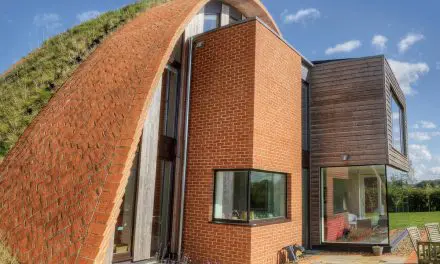Natural swimming pools and swimming ponds can look strikingly similar at first glance, but in reality there are some very important differences between the two. If you’re thinking about adding a beautiful natural swimming feature to your property, you’ll want to know the low-down between pools and ponds, and the benefits of each. The main difference lies in the water filtration technology. In short, a natural swimming pool uses biological filtration technology (not chemicals) to keep the water clean, while a swimming pond has a balanced ecosystem keeping the water clean without any filtration technology. Because of the difference between water clarity mechanisms, natural pools do not need any plant matter to stay clean, while at least 50% of a swimming pond needs to be planted to keep the water clear. And because a swimming pond supports an ecosystem, a pond cannot be heated or covered, while a natural pool can be. A natural pool is naturally cleaner than a pond, a big selling point for many families. But due to filtration and heating, the energy costs of maintaining a natural swimming pool are likely to be higher than the costs of maintaining a swimming pond. These are just some examples of the important differences between pools and ponds, and the applications of knowing the costs and benefits of each.
Check out the infographic below for more information about the difference when it comes to natural swimming pools vs. swimming ponds!

Infographic courtesy of Clear Water Revival.
Inspired by serene mountain lakes, natural swimming pools and ponds cost a fraction of the price of a traditional swimming pool and are better for your health and the environment. Interested in having one? Here’s a DIY video so you can get started right away!


![Natural Swimming Pools vs. Swimming Ponds [Infographic]](https://elemental.green/wp-content/uploads/2016/08/water-1591567_1920-1280x640.jpg)

![10 Steps Toward a Zero Energy Home [Infographic]](https://elemental.green/wp-content/uploads/2016/04/cbfb-440x264.jpg)



